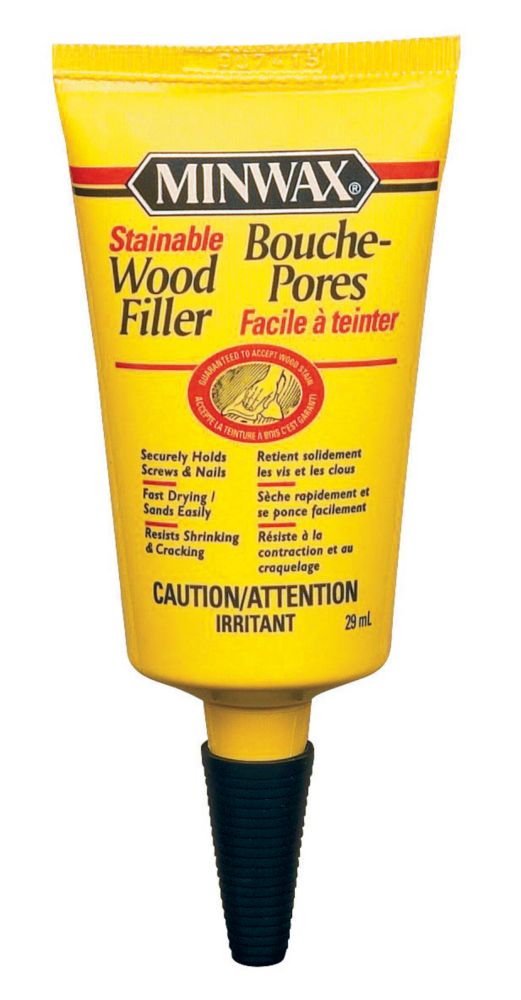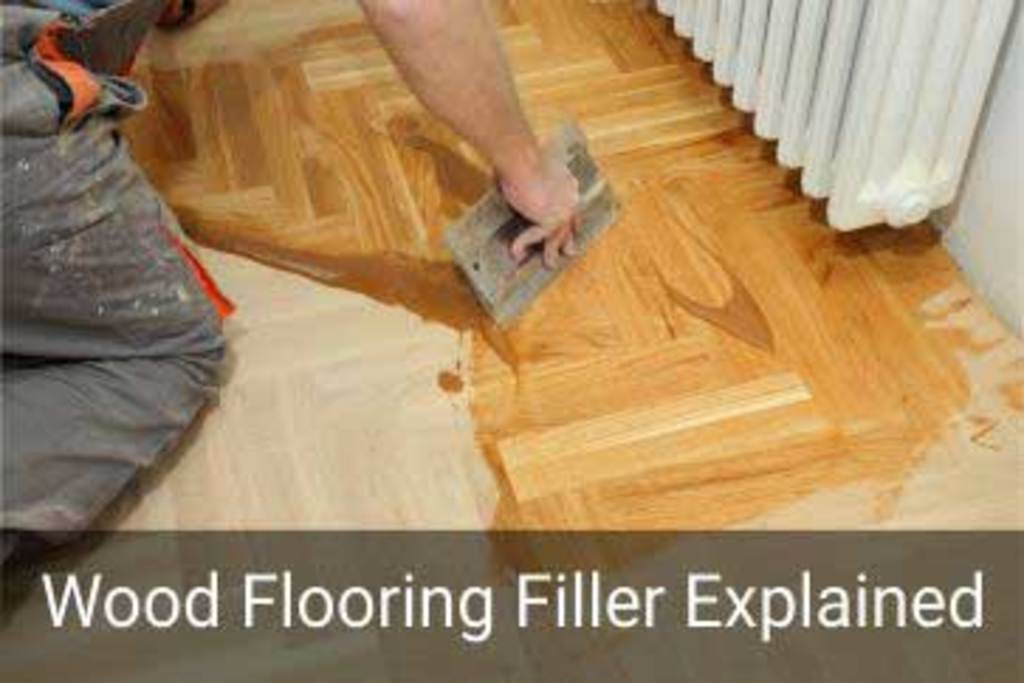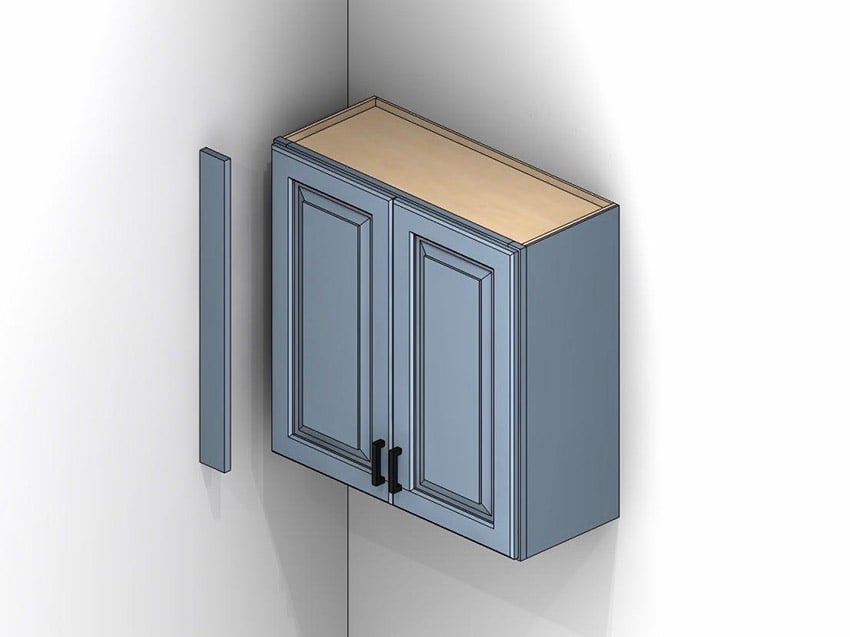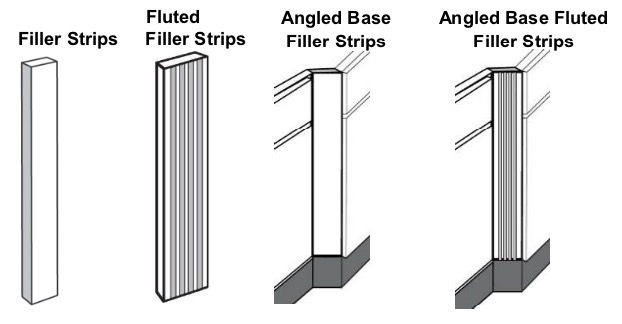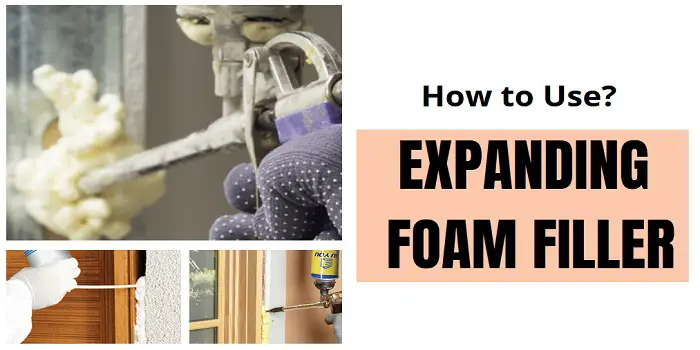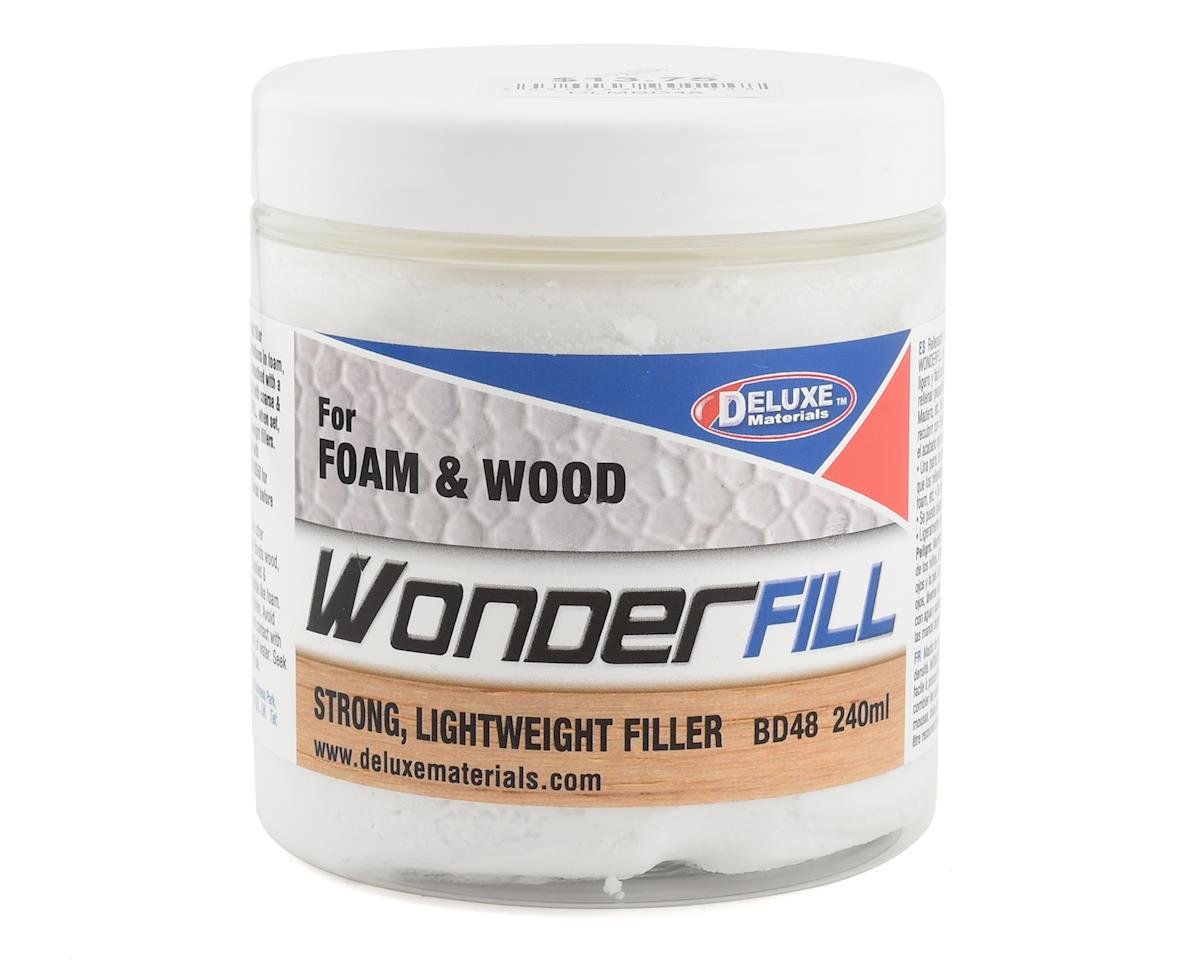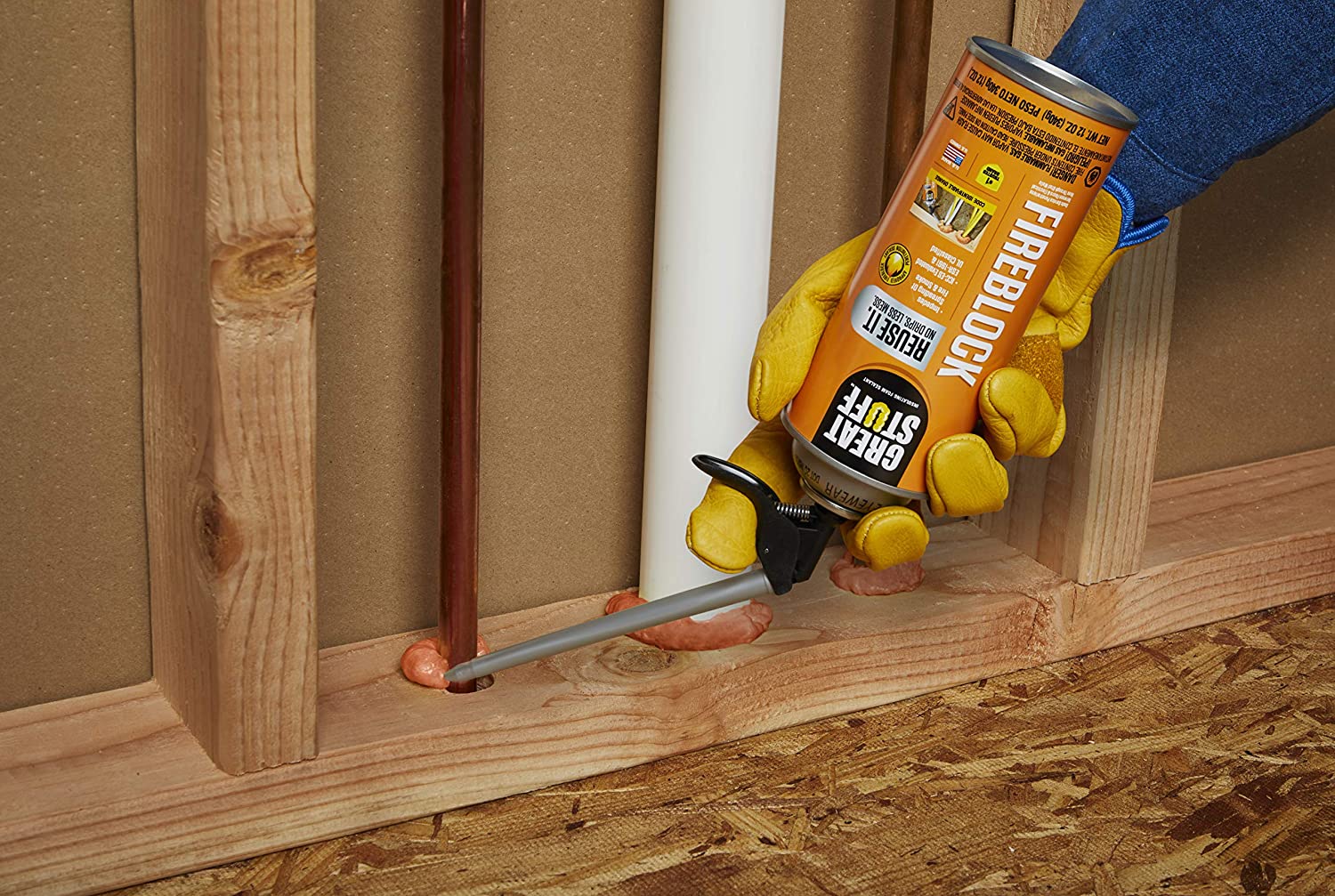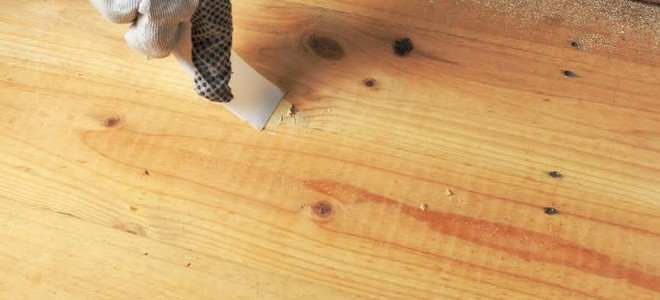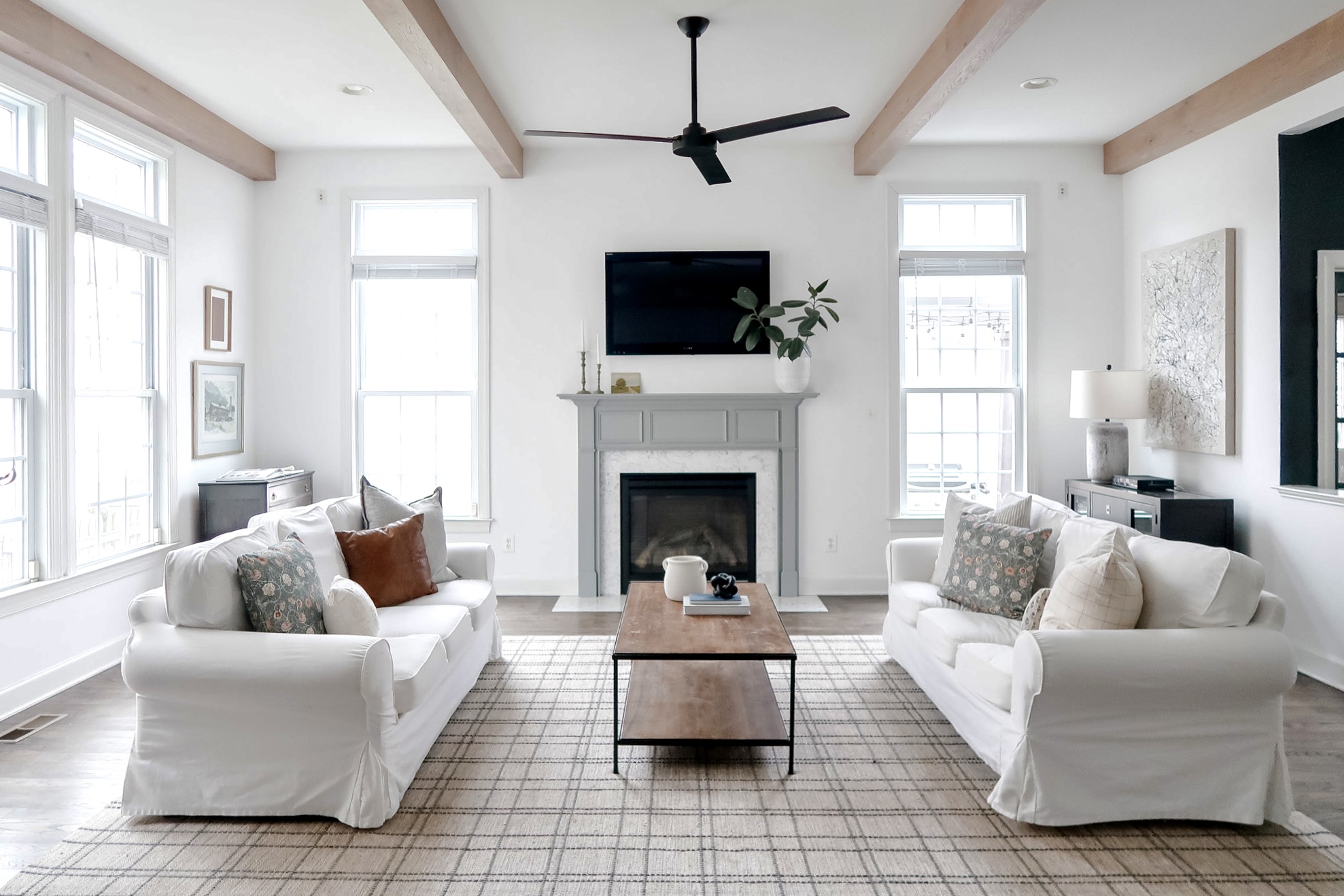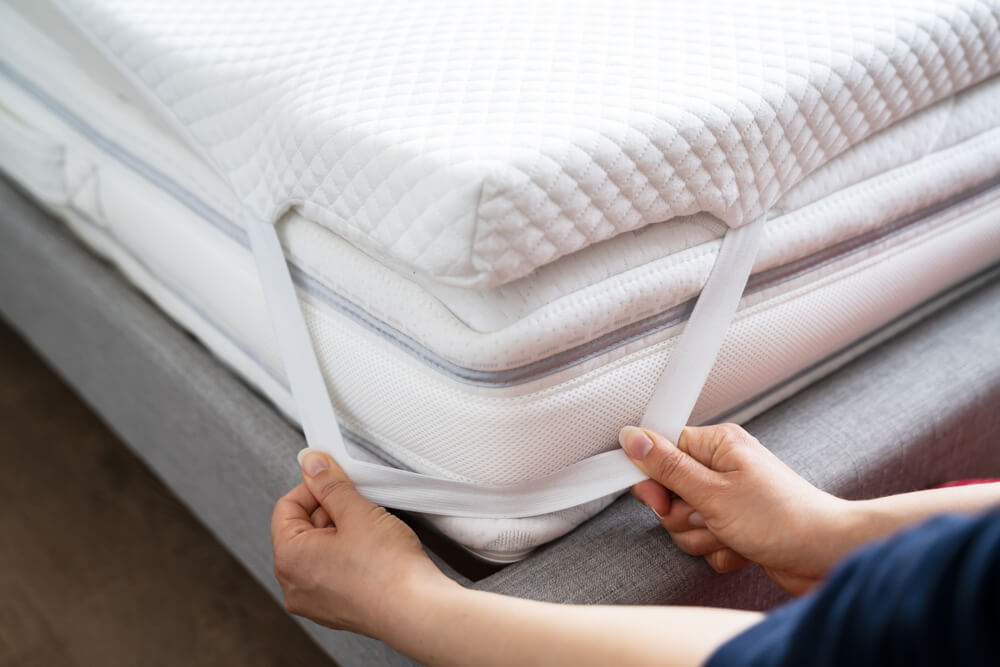When it comes to filling in grooves on a kitchen table, wood filler is a popular choice among DIY enthusiasts. This versatile product is made up of a mixture of wood fibers and a binder, creating a paste-like consistency that can be easily applied to any wood surface. Wood filler comes in a variety of colors, making it easy to find a shade that matches your kitchen table. It can also be sanded and stained, giving it a seamless finish that blends in with the rest of the wood. One of the biggest advantages of using wood filler is its affordability. It is a budget-friendly option that can save you the cost of replacing your kitchen table entirely.Wood filler
For a more durable and long-lasting solution, epoxy resin is a great option for filling in grooves on a kitchen table. This two-part adhesive is made up of a resin and hardener that, when mixed together, creates a strong and waterproof bond. Epoxy resin is often used in woodworking projects and is known for its strength and high resistance to heat and chemicals. It can also be tinted with a variety of pigments, allowing you to customize the color to match your table. While it may be a bit more expensive than other wood fillers, the durability and longevity of epoxy resin make it a worthwhile investment for your kitchen table.Epoxy resin
Similar to wood filler, wood putty is a paste-like substance used to fill in gaps and holes in wood. However, unlike wood filler, wood putty is typically made from a combination of wood dust and a binding agent, giving it a thicker and more solid consistency. Wood putty is often used for larger and deeper grooves on a kitchen table as it provides a stronger and more substantial fill. It is also available in a variety of colors and can be sanded and painted, making it a versatile option for any woodworking project. One thing to keep in mind when using wood putty is that it can shrink when it dries, so it may require multiple applications to completely fill in a deep groove.Wood putty
If you're dealing with smaller grooves on your kitchen table, wood filler sticks are a convenient and easy solution. These sticks are essentially solid wood filler that can be rubbed onto the groove and then sanded down to create a smooth finish. Wood filler sticks come in a variety of shades, making it easy to match the color of your kitchen table. They are also great for touch-ups and small repairs on wood surfaces. However, it's important to note that wood filler sticks are not as strong as other wood fillers, so they may not be suitable for larger or deeper grooves.Wood filler sticks
Similar to wood filler sticks, wood filler crayons are another easy and convenient option for filling in grooves on a kitchen table. These crayons are made from a combination of wax and wood filler and can be melted onto the groove for a quick and easy fix. Wood filler crayons are available in a wide range of colors and can be blended together to create a custom color. They are also relatively inexpensive and can be found at most hardware stores. However, like wood filler sticks, wood filler crayons may not be as strong as other wood fillers, so they may not be suitable for larger or deeper grooves.Wood filler crayons
For a thicker and more substantial option, wood filler paste is a great choice for filling in grooves on a kitchen table. This type of wood filler comes in a tub or tube and has a putty-like consistency that can be applied with a putty knife. Wood filler paste is ideal for larger and deeper grooves as it dries to a hard and durable finish. It can also be sanded and painted, making it a versatile option for any woodworking project. One thing to keep in mind when using wood filler paste is that it can take longer to dry compared to other wood fillers, so be sure to allow enough time for it to fully cure before sanding or painting.Wood filler paste
If you're looking for a more customizable option, wood filler powder allows you to mix your own wood filler using wood dust and a binding agent. This gives you the flexibility to choose the type of wood dust and binder that best matches your kitchen table. Wood filler powder is also a cost-effective option as you can mix only the amount you need for your project. However, it does require some extra time and effort to mix and apply compared to ready-made wood fillers.Wood filler powder
For a quick and easy fix, wood filler tape is a convenient option for filling in grooves on a kitchen table. This self-adhesive tape is made from a thin layer of wood filler and can be applied directly onto the groove. Wood filler tape is perfect for smaller and shallower grooves and can be easily trimmed to fit the exact size of the groove. It can also be stained or painted to match the color of your kitchen table. However, wood filler tape is not as strong as other wood fillers and may not be suitable for larger or deeper grooves.Wood filler tape
If you're looking for a more heavy-duty option, wood filler strips are a great choice for filling in grooves on a kitchen table. These strips are made from a combination of wood fibers and a binding agent and can be cut to size and inserted into the groove. Wood filler strips are ideal for larger and deeper grooves as they provide a stronger and more substantial fill. They can also be sanded and painted, making them a versatile option for any woodworking project. However, it's important to note that wood filler strips may not be as easy to find as other wood fillers and may require a trip to a specialty woodworking store.Wood filler strips
For a unique and innovative option, wood filler foam is a popular choice for filling in grooves on a kitchen table. This expanding foam is applied directly into the groove and expands to fill in any gaps or holes. Wood filler foam is ideal for larger and deeper grooves as it provides a strong and durable fill that can be sanded and painted. It is also great for filling in gaps between boards on a table. However, wood filler foam can be a messy option and may require some extra clean-up and sanding to achieve a smooth finish.Wood filler foam
Filling in Grooves on Kitchen Table: A Simple Solution for a Smooth Surface

As a central piece in the heart of the home, the kitchen table is often the gathering spot for family meals, homework sessions, and game nights. Over time, the constant use and wear and tear can lead to grooves and scratches on the surface of the table. Not only can this affect the appearance of the table, but it can also make it difficult to clean and maintain. However, there is a simple solution that can quickly and easily restore your kitchen table to its former glory – filling in the grooves.
The Problem with Grooves
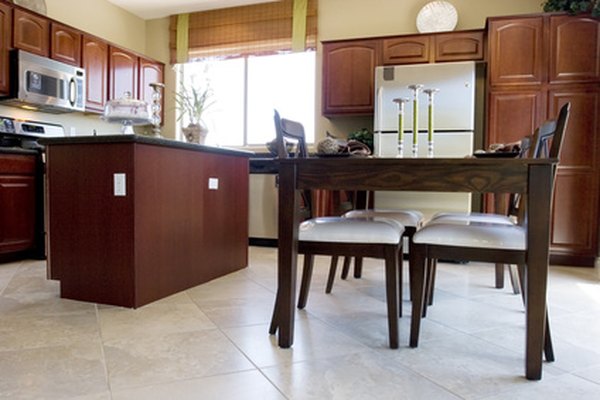
Grooves on a kitchen table can be caused by a variety of factors, such as regular use, spills, or even just the natural aging of the wood. These grooves not only detract from the overall appearance of the table, but they can also trap dirt, crumbs, and bacteria, making it harder to clean and maintain. Additionally, if the grooves are deep enough, they can make it difficult to use the table for activities such as writing or drawing. This is why it's important to address the issue as soon as possible.
The Solution: Filling in the Grooves
One of the easiest and most effective ways to get rid of grooves on a kitchen table is by filling them in. This process involves using a wood filler to smooth out the surface of the table and create a seamless finish. Wood fillers come in a variety of colors and can be easily matched to the color of your table, making the repair virtually invisible. Not only does this solution restore the appearance of your table, but it also provides a smooth and clean surface that is easier to maintain.
The Process
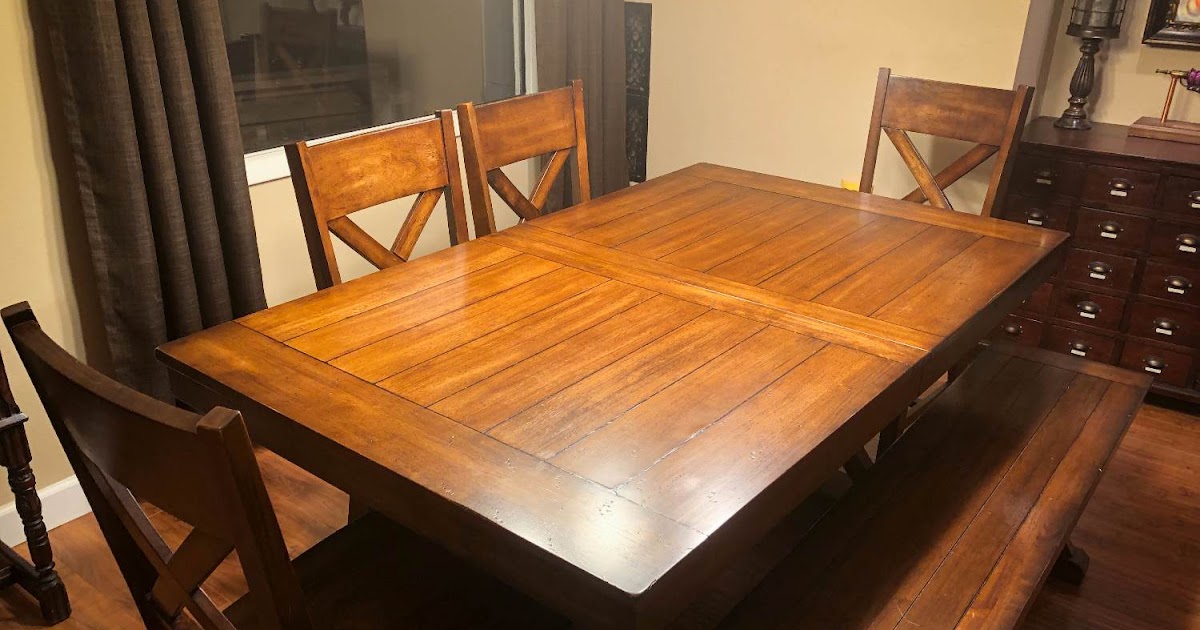
The first step in filling in the grooves on your kitchen table is to thoroughly clean the surface. Use a mild soap and warm water to remove any dirt or debris. Once the table is dry, use a putty knife to apply the wood filler to the grooves, making sure to fill them completely. Smooth out the surface with the putty knife and allow it to dry according to the manufacturer's instructions. Once dry, sand down the surface to create a smooth finish. If needed, repeat the process until all grooves are filled and the surface is smooth. Finally, finish off with a coat of stain or varnish to protect the surface and give it a polished look.
Preventative Measures

To avoid having to deal with grooves on your kitchen table in the future, there are a few preventative measures you can take. Use coasters or placemats for hot dishes and avoid placing sharp objects directly on the table's surface. Regularly clean and maintain the table to prevent any spills or stains from causing damage. And if you do notice any new grooves forming, address them as soon as possible to prevent them from getting worse.
By taking the time to fill in the grooves on your kitchen table, you can restore its appearance and functionality. This simple solution can save you the cost of buying a new table and will keep your kitchen looking beautiful and welcoming for years to come.
"A smooth kitchen table not only adds to the aesthetic of your home but also makes it easier to clean and maintain." - Woodworking Monthly









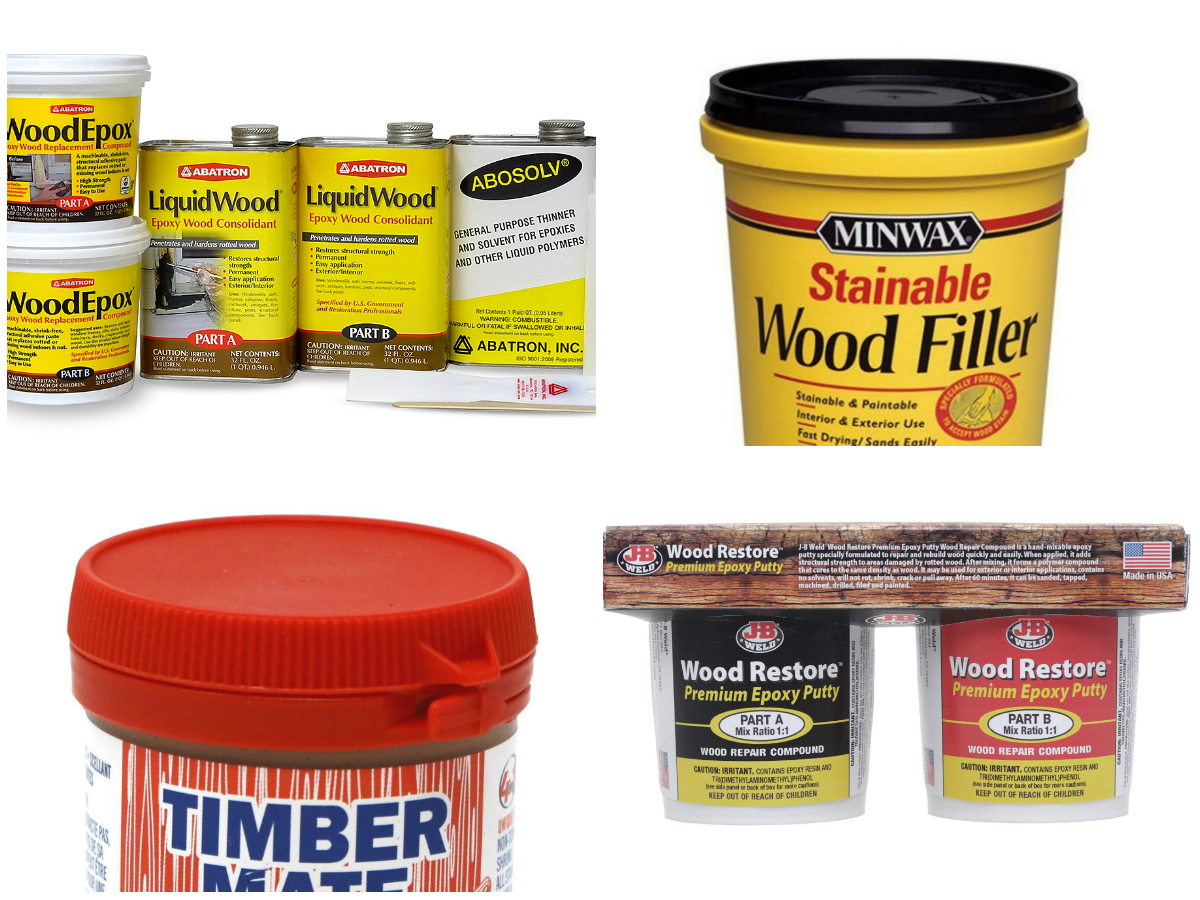
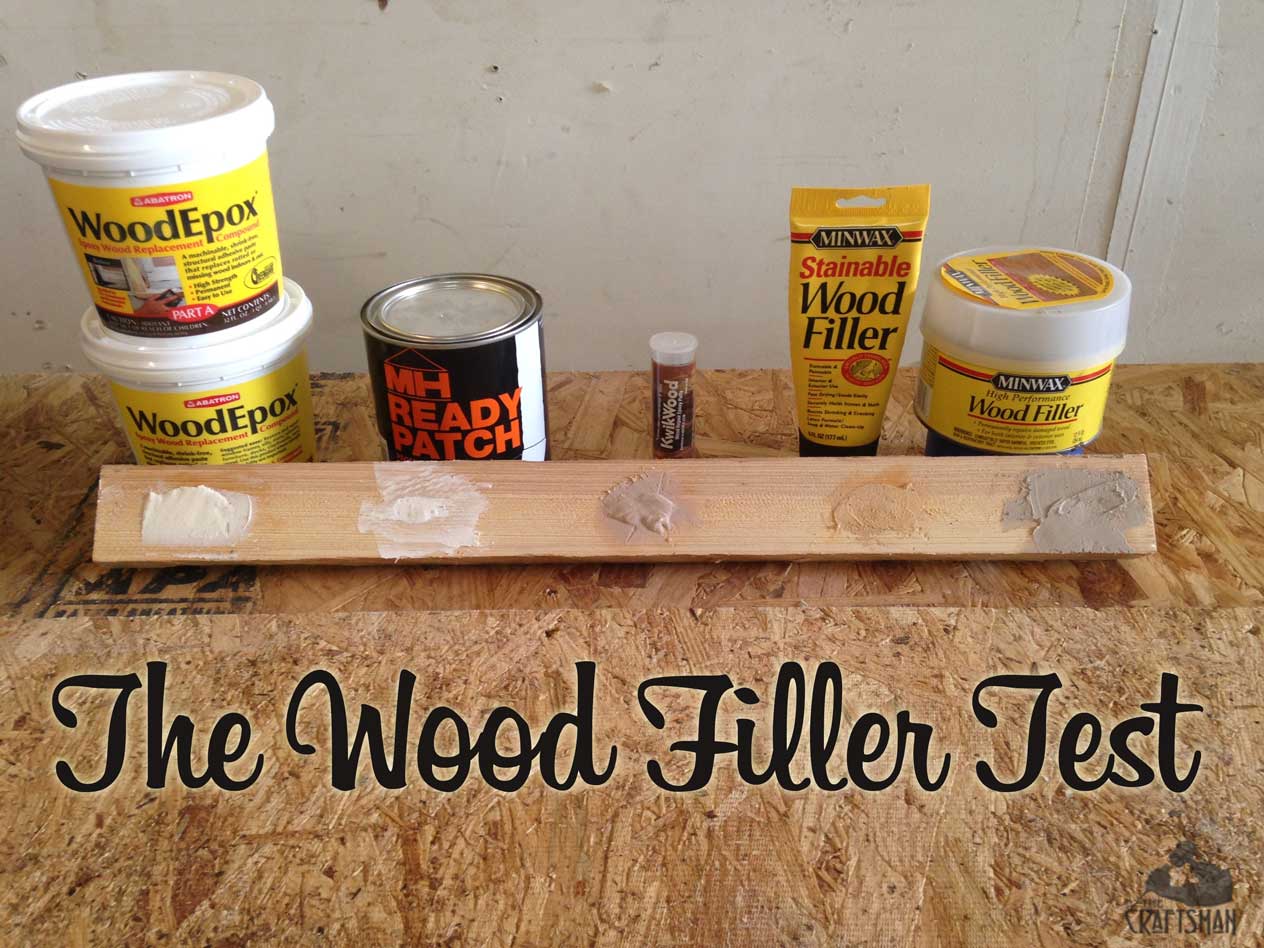


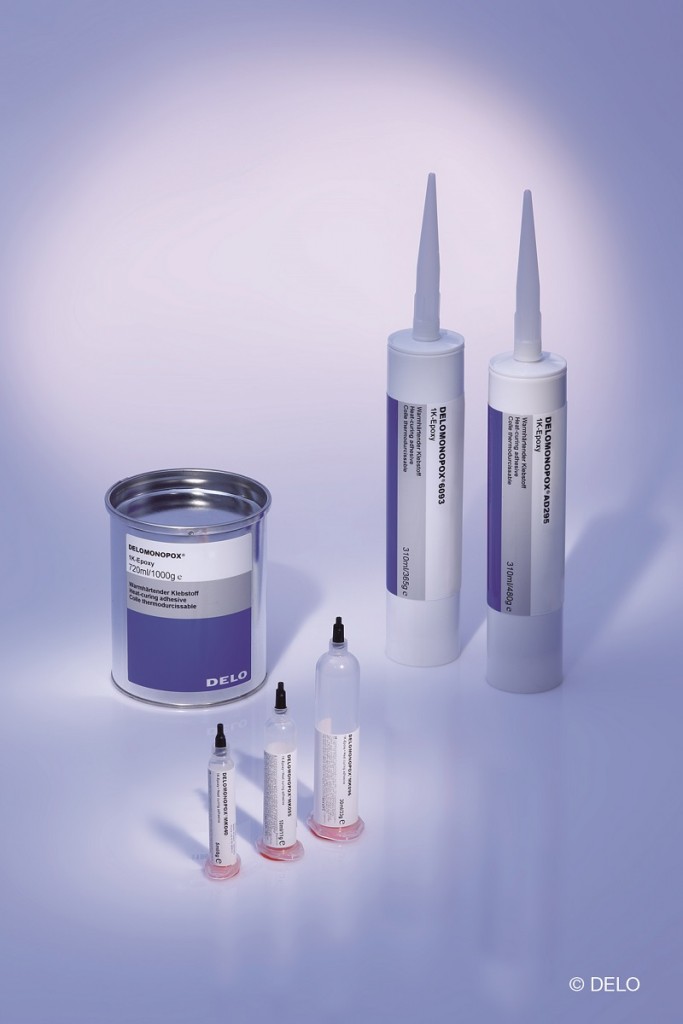
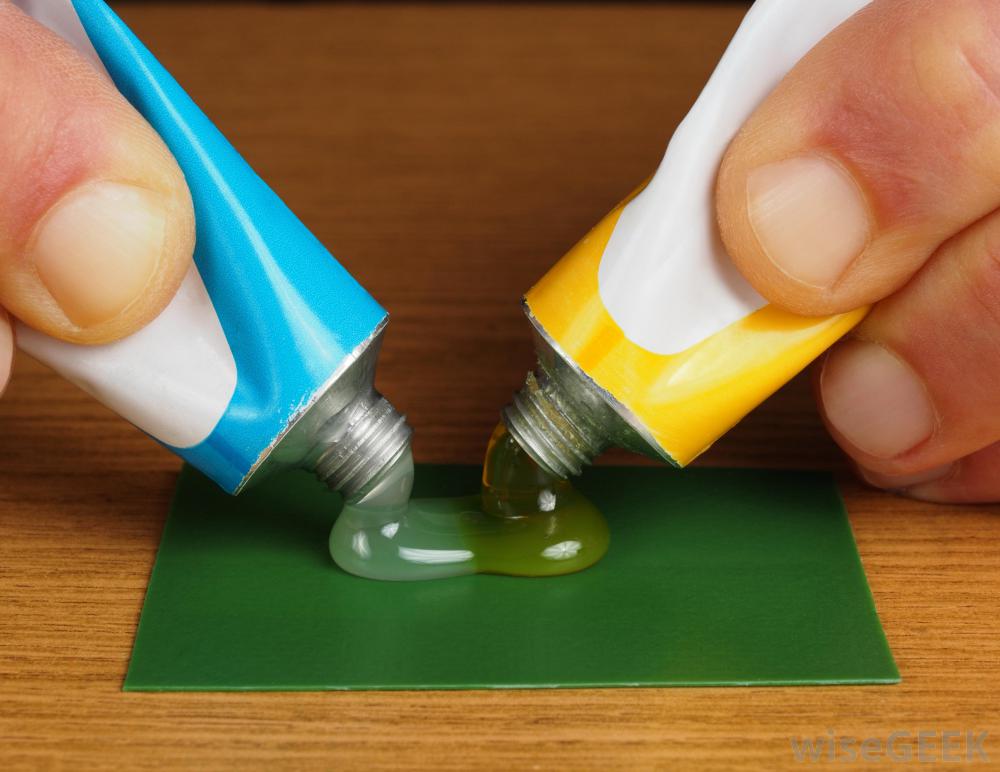
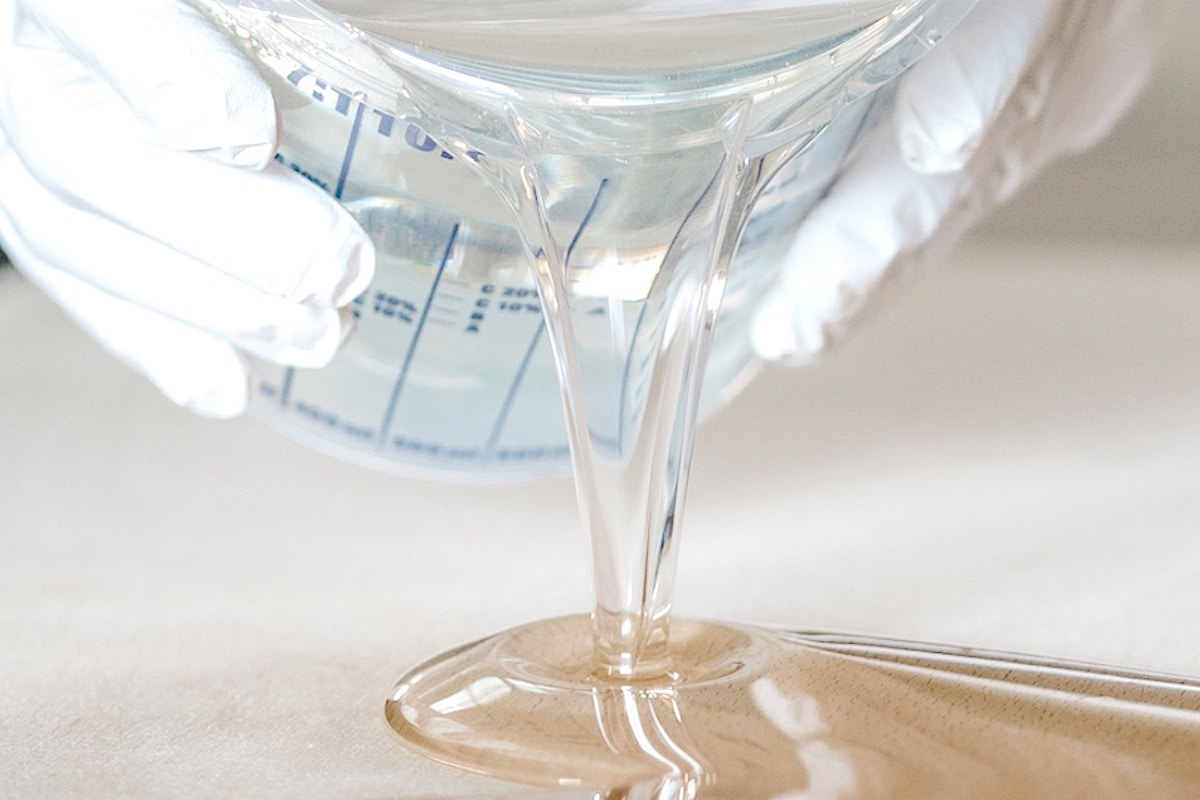
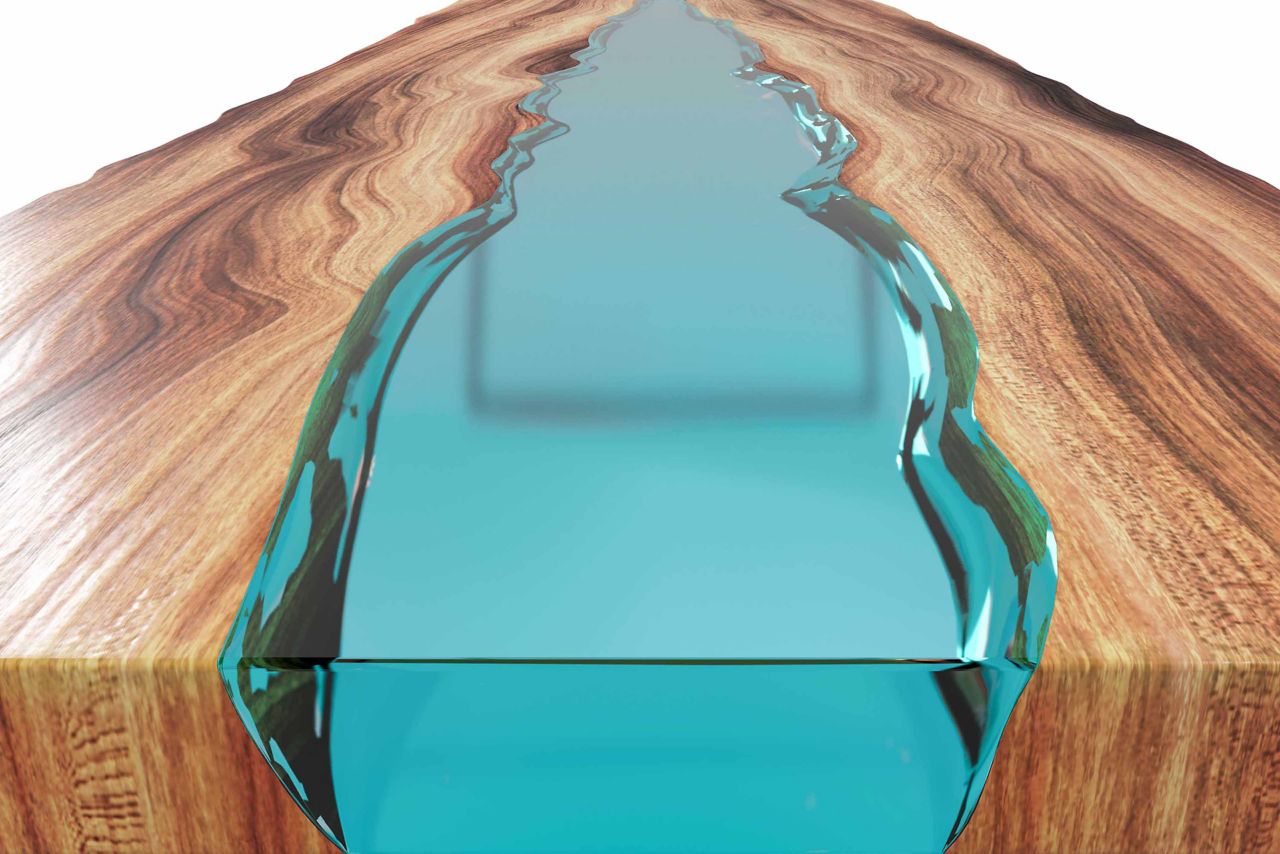



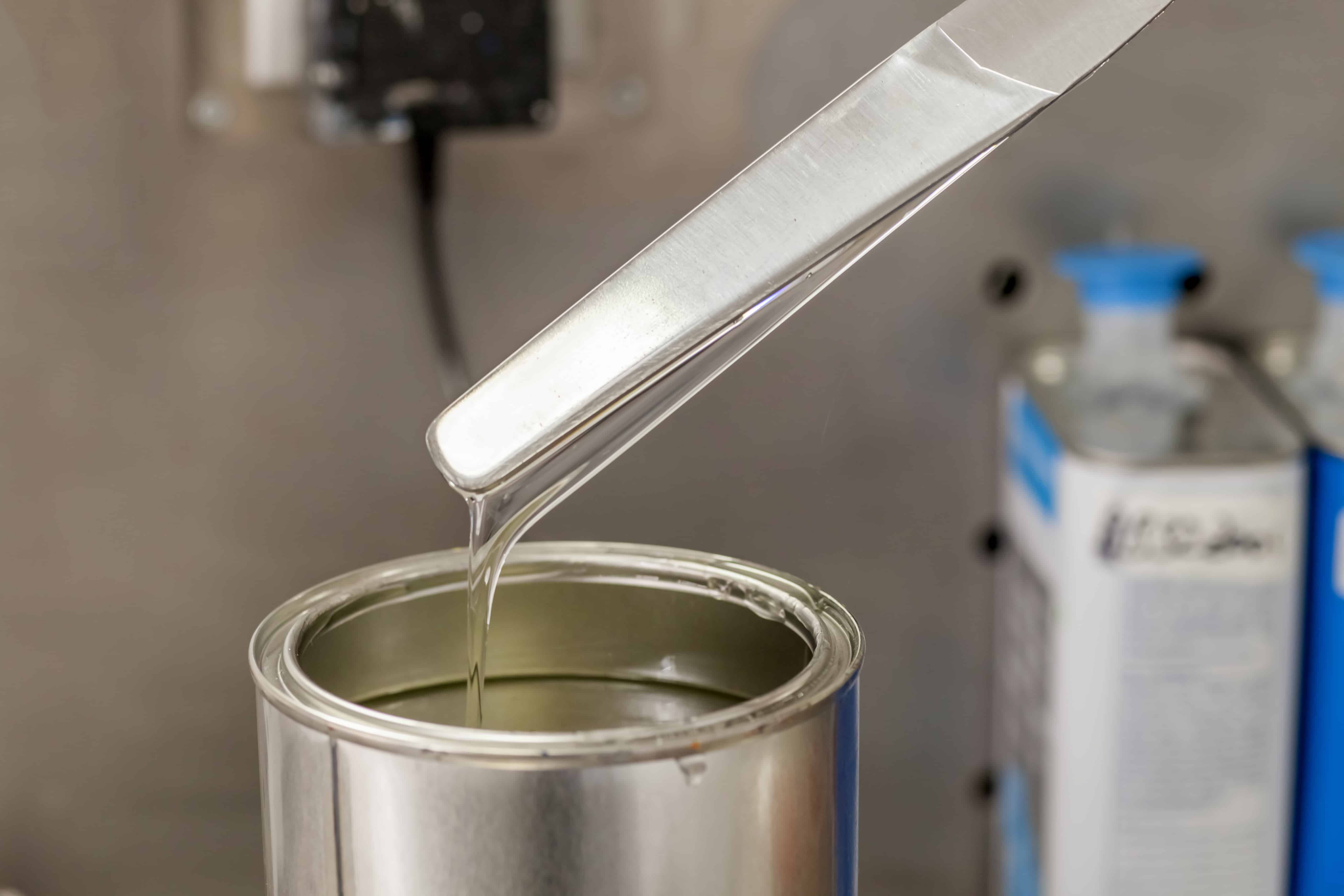








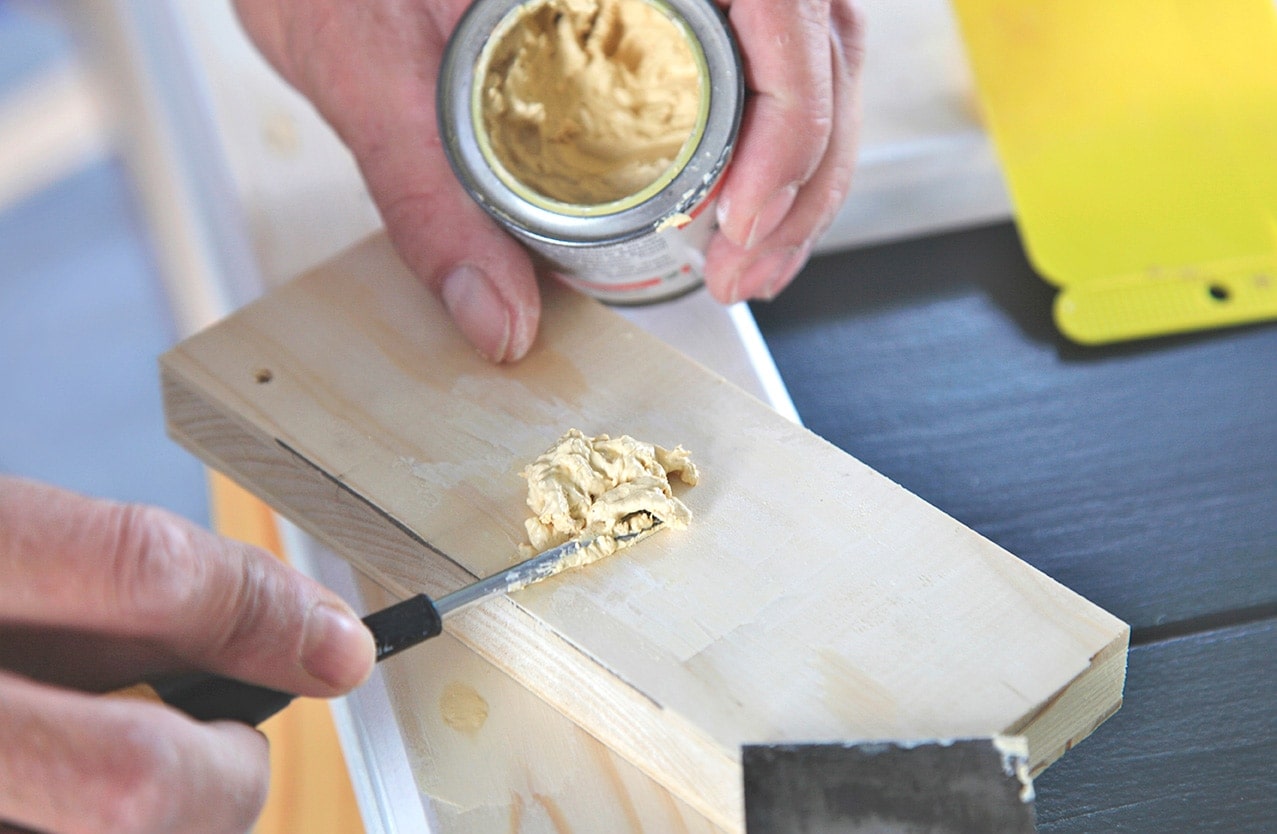

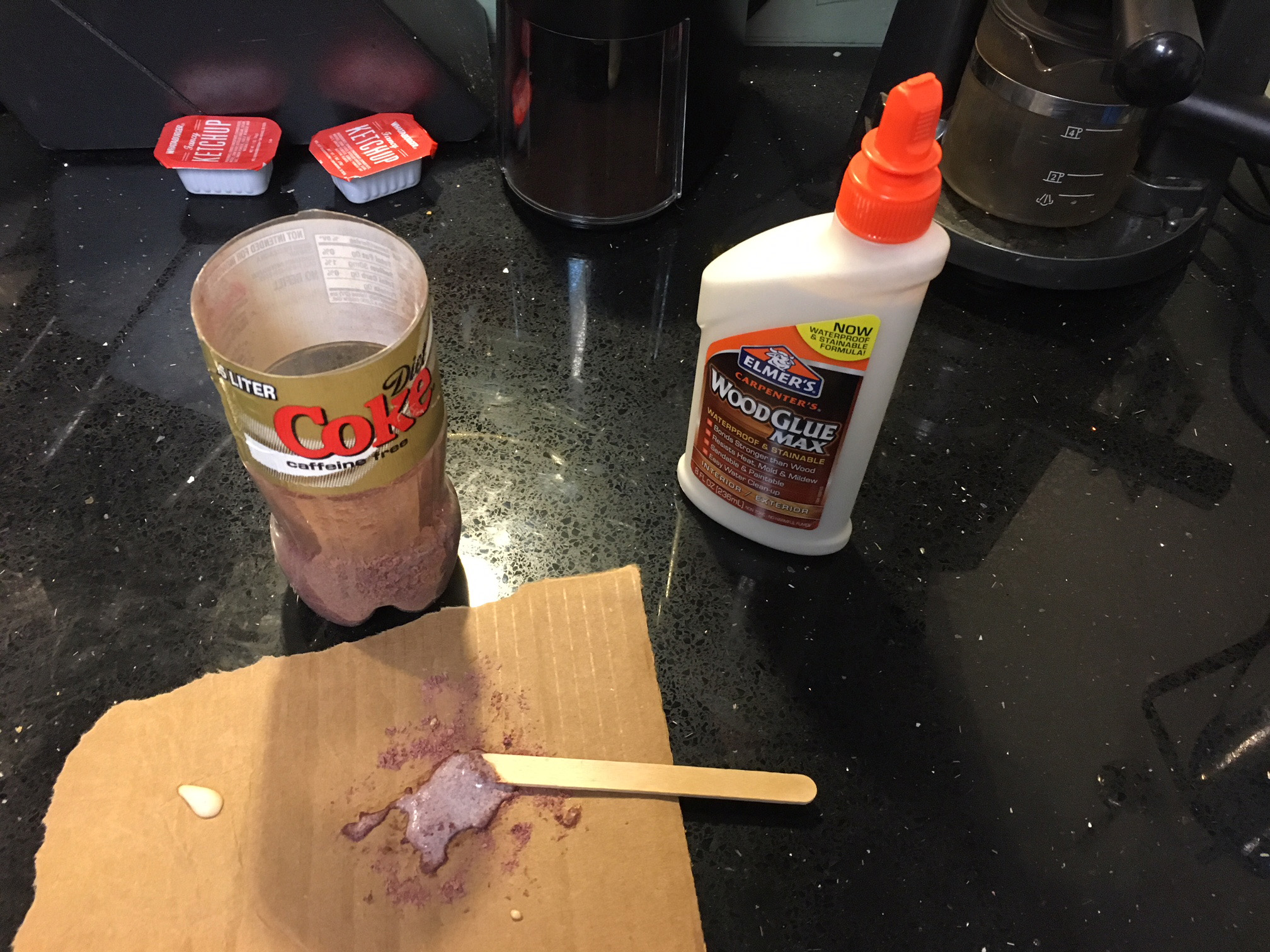

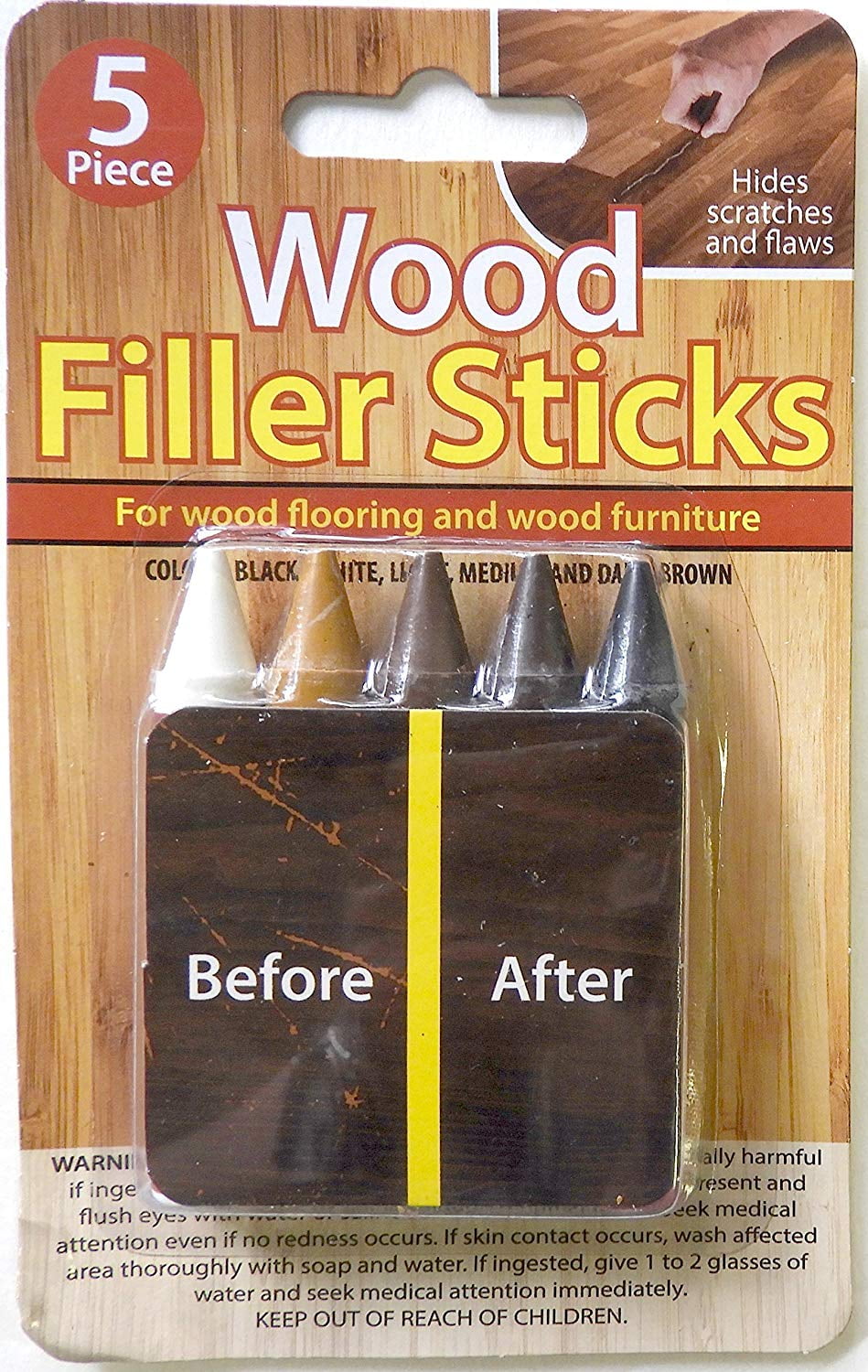







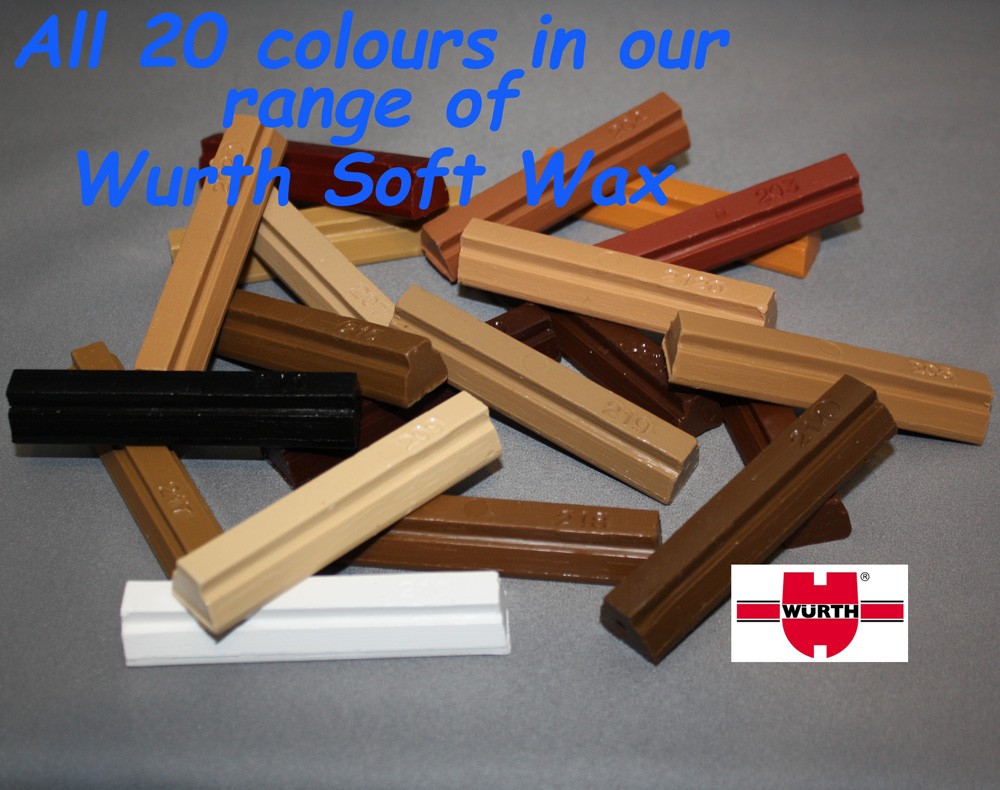
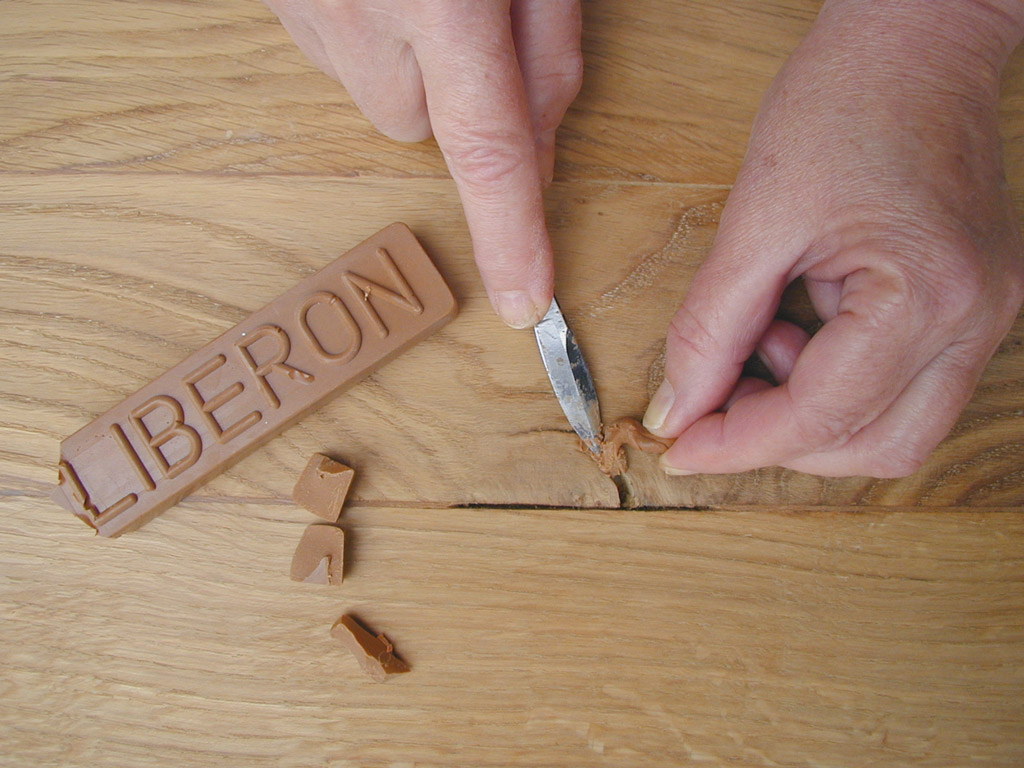









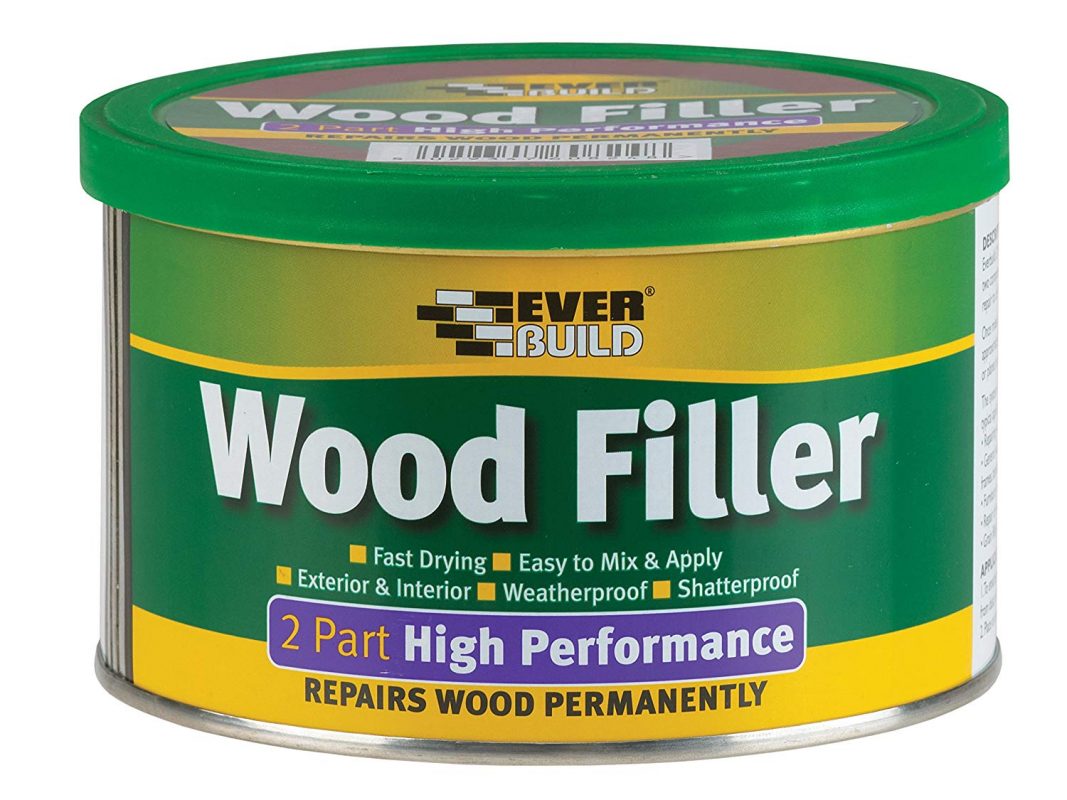




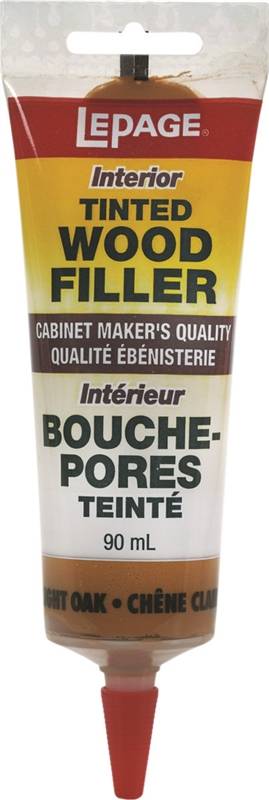


:max_bytes(150000):strip_icc()/homemade-wood-filler-1822282-03-37fce69c21f34551a72ca2e3ee350c04.jpg)
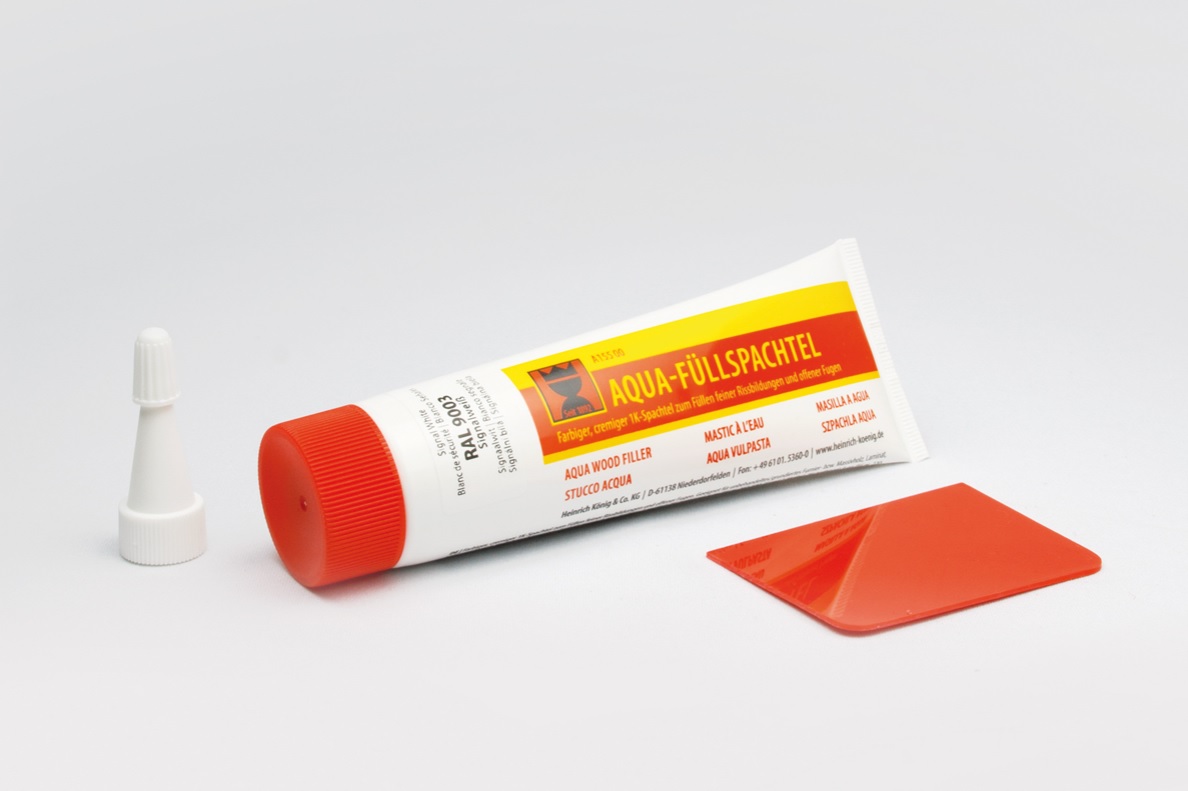

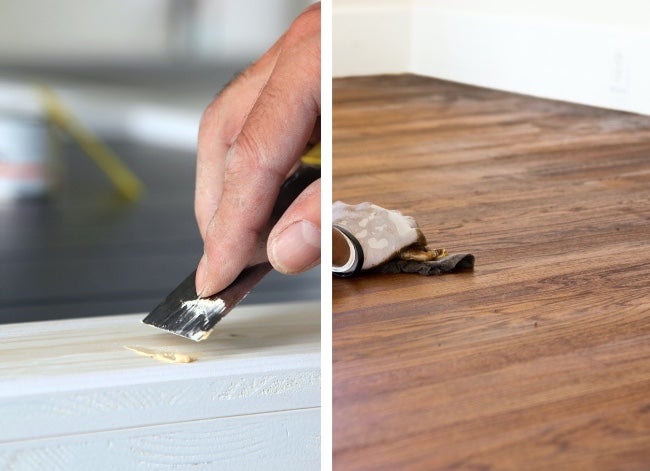

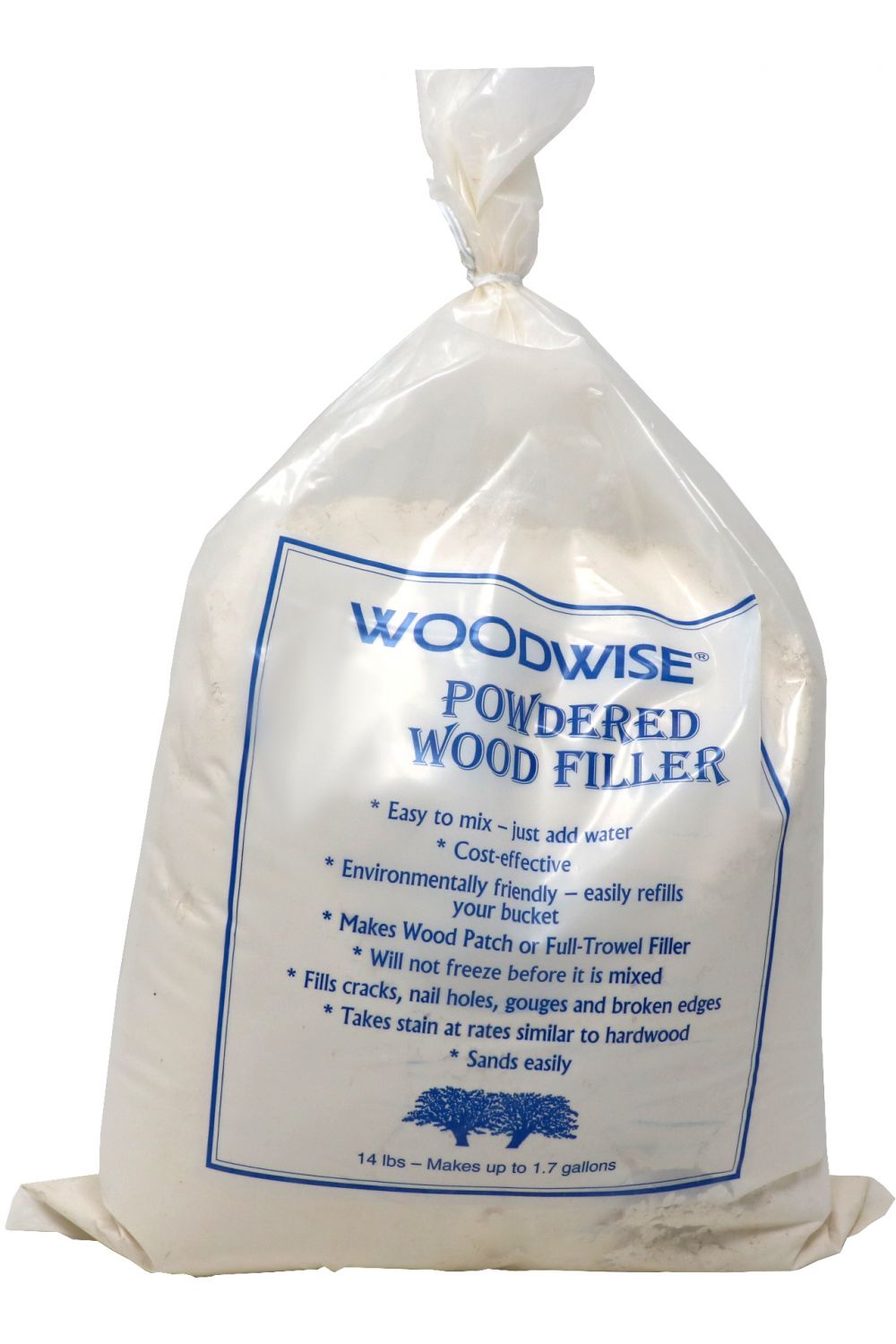


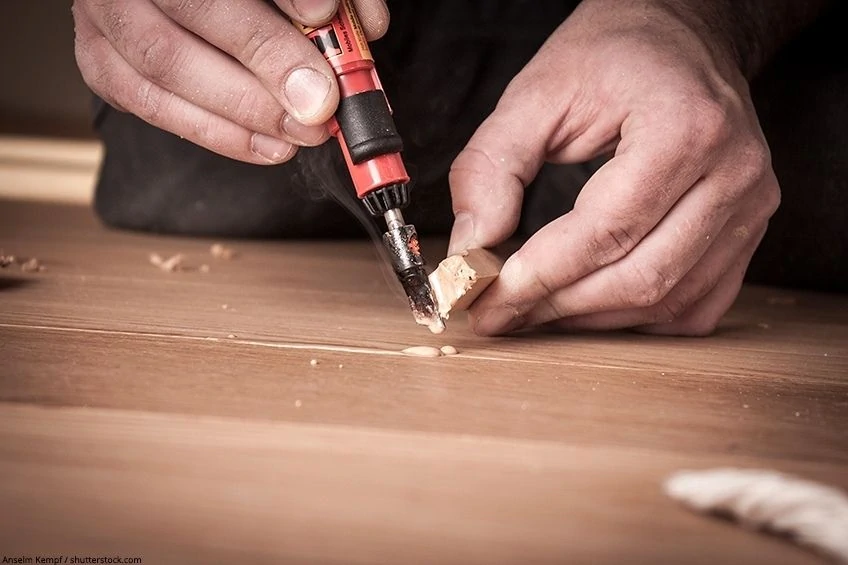
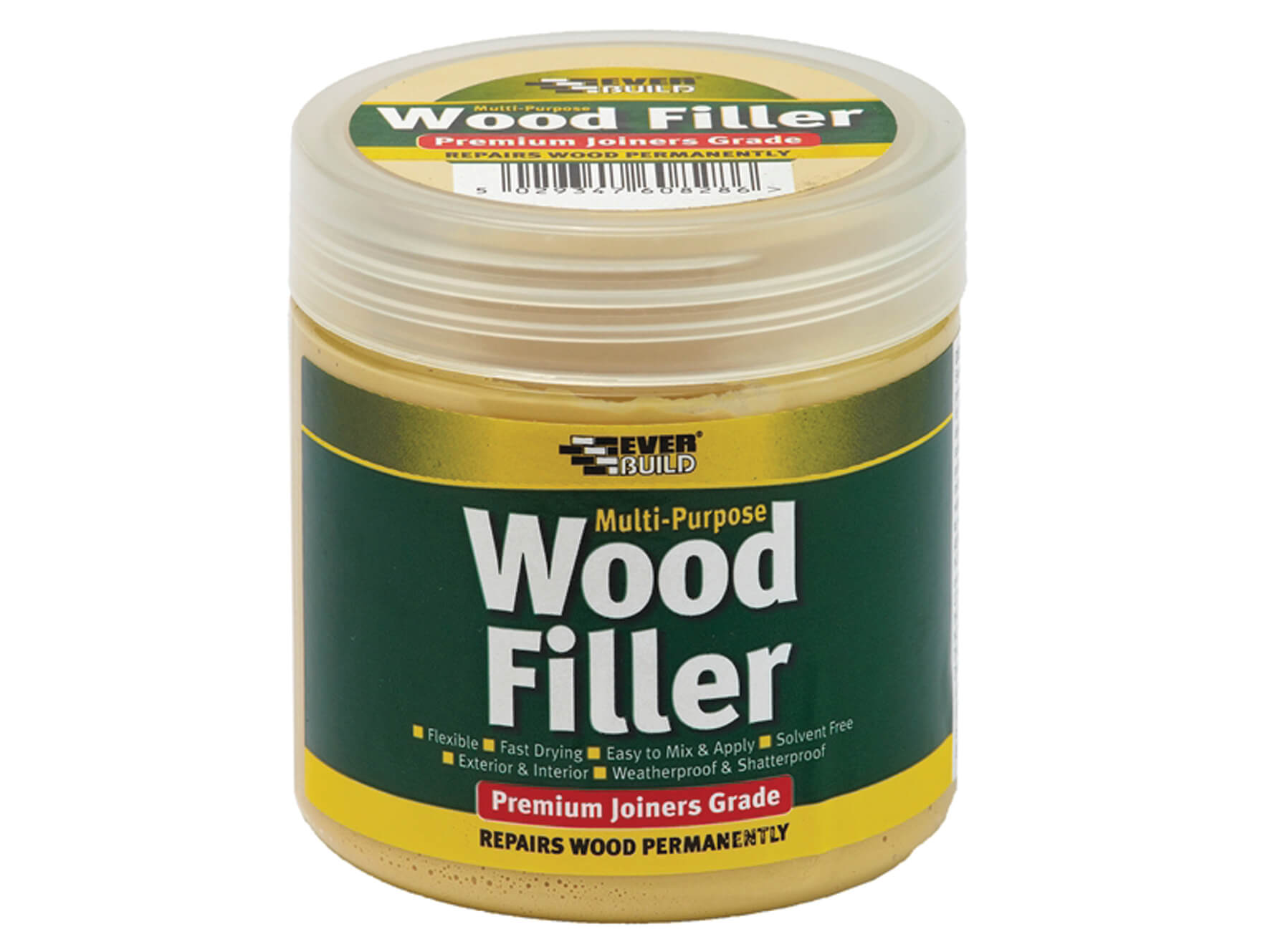
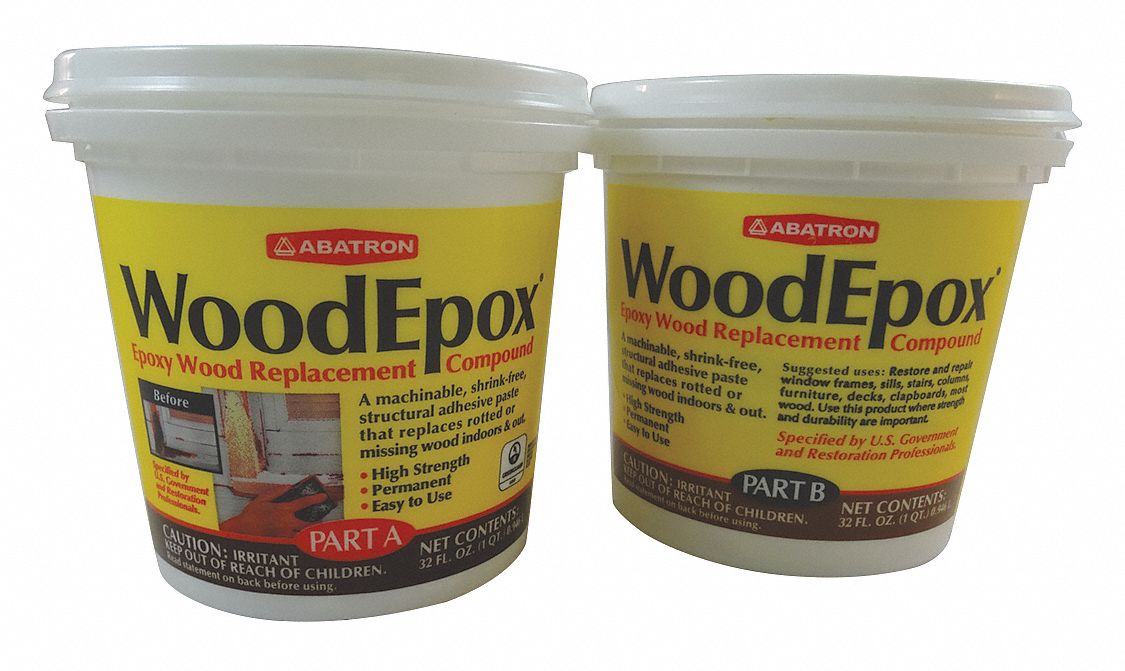



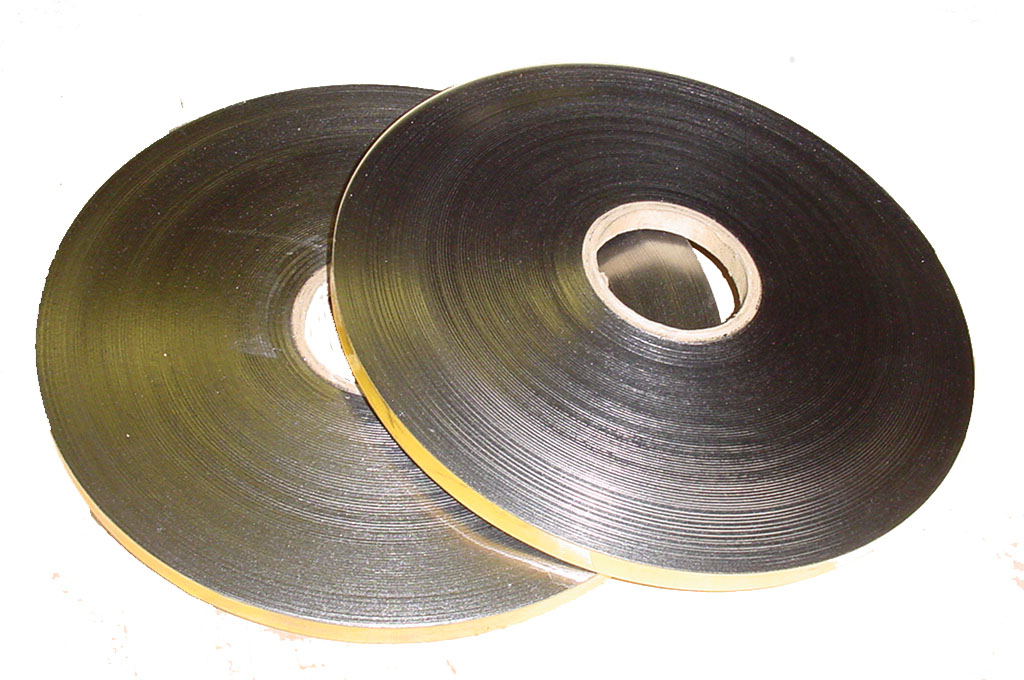




/homemade-wood-filler-1822282-hero-ef43d40946fa4f179c9a419bb1d1dab8.jpg)

